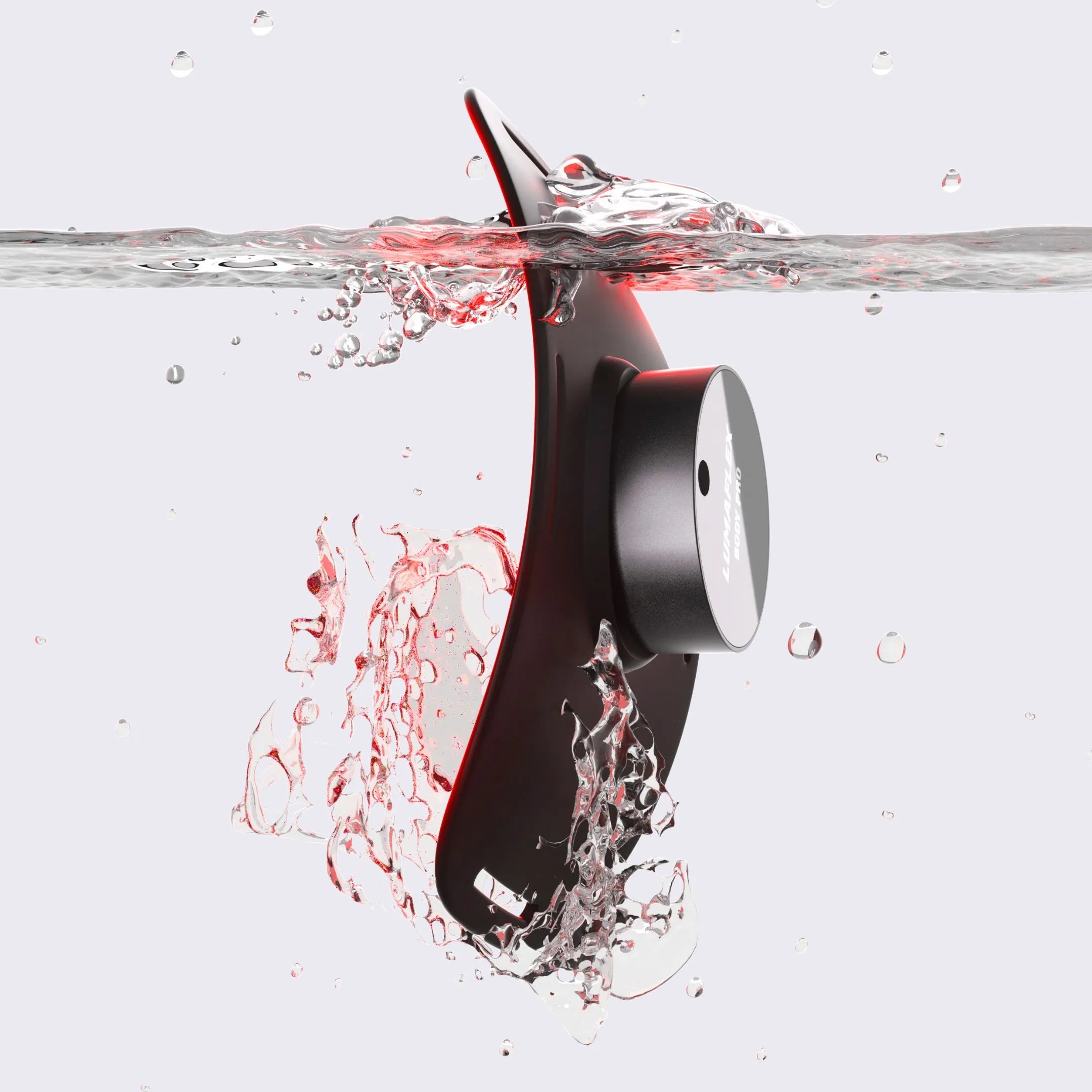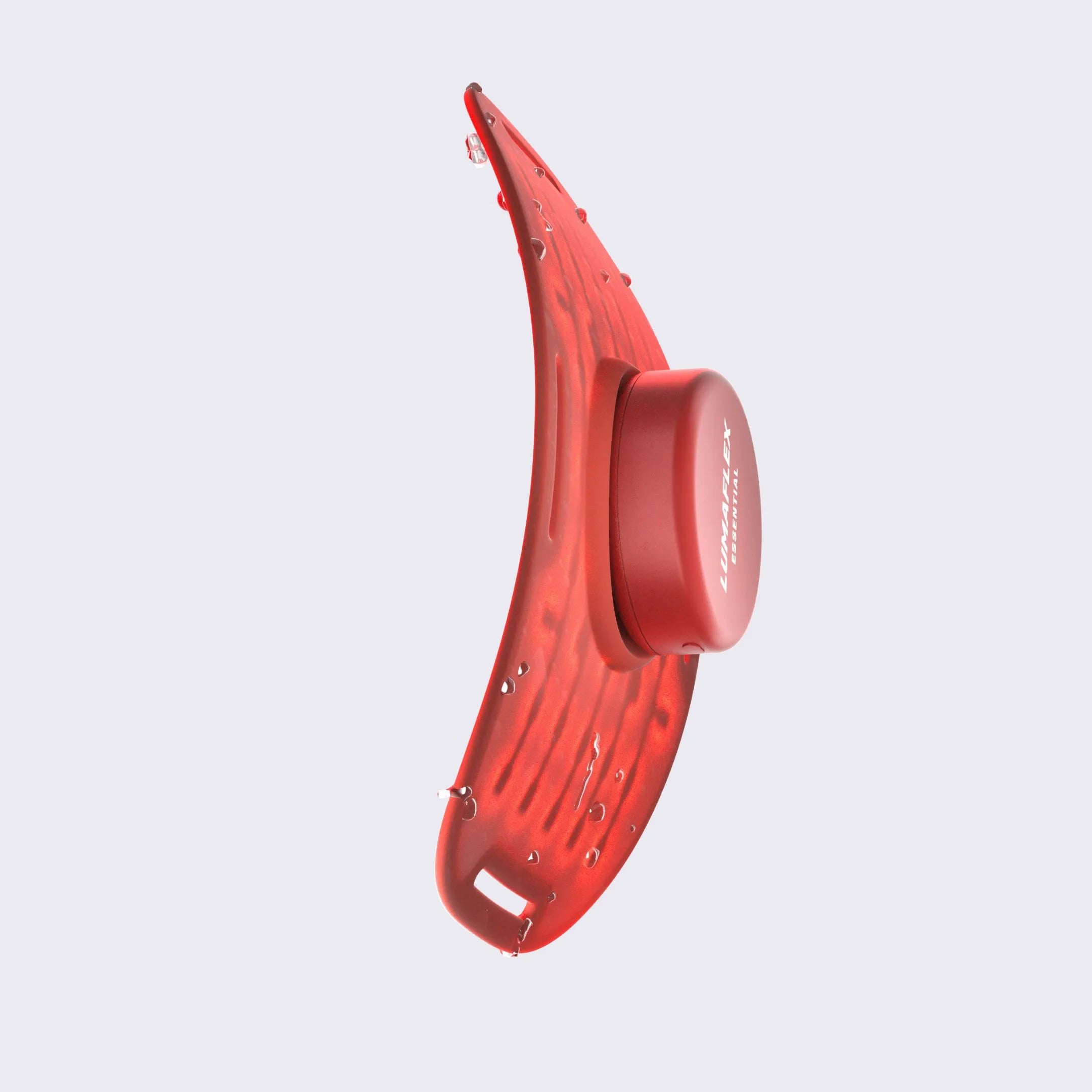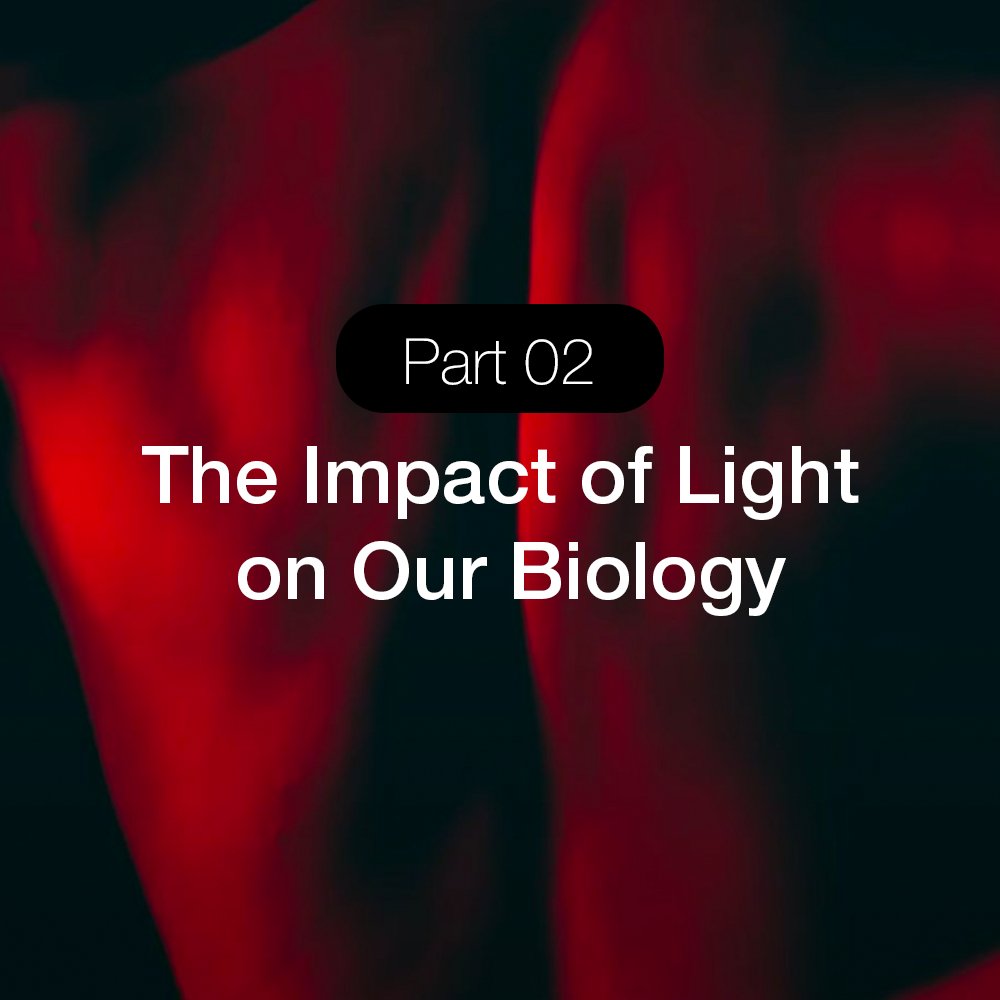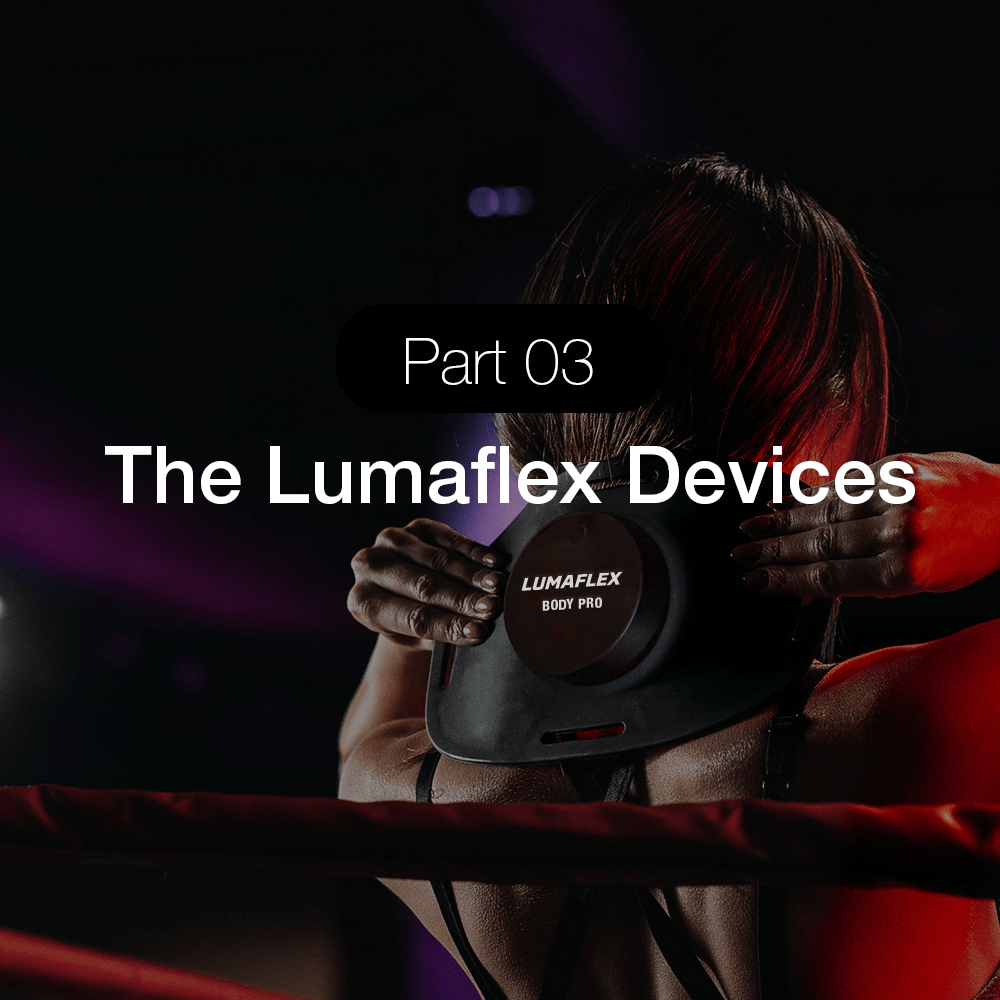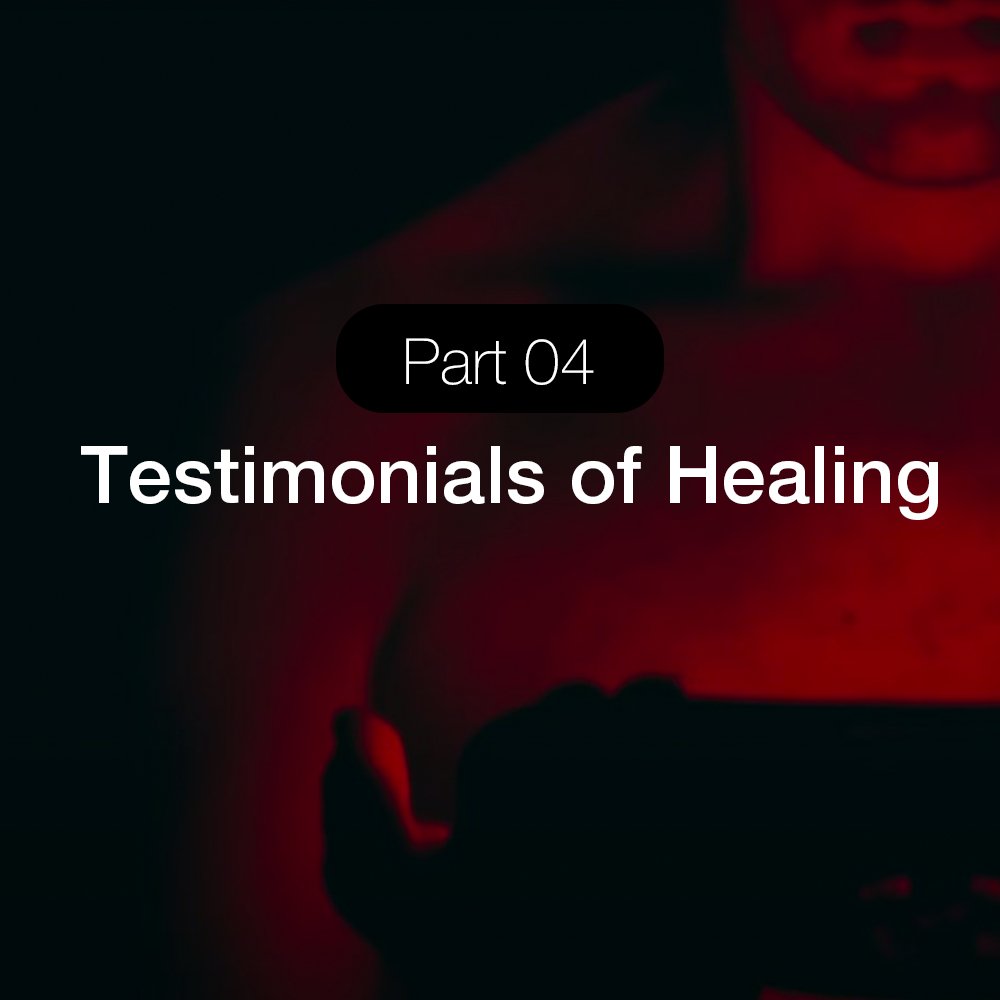Red Light Therapy Planet Fitness: A Trainer’s Guide to Smarter Recovery

Red Light Therapy Planet Fitness Gym
Many Planet Fitness members, and the trainers who work with them, have heard about the Total Body Enhancement booth. It is the gym’s in-house version of red light therapy Planet Fitness, and it often sparks curiosity. People step out wondering whether it helps with sore legs after leg day, stiff hips, or even general energy levels.
The interest in red light therapy for muscle recovery makes sense. When a commercial gym advertises “total body enhancement”, coaches want clarity on what the technology actually does. What wavelengths are used? How much recovery benefit can someone expect? And where does this setup fall short compared to professional-grade devices designed for athletic performance?
Planet Fitness helped bring red light therapy into mainstream awareness. However, the gym booth is only a starting point. Trainers can take this concept to a much higher level by using proper dosage, wider coverage, and intentional timing that supports mobility sessions, strength training blocks, and overall recovery strategies.
This guide explains what the version of red light therapy Planet Fitness actually provides. It also shows how trainers can elevate results through professional tools like Lumaflex to help clients recover faster, move better, and train more consistently.
What Is Red Light Therapy and Why Gyms Are Using It
Red light therapy uses specific wavelengths of visible red and near-infrared light, typically around 630nm and 850nm. These wavelengths move through the skin and reach deeper muscle tissue. For trainers, here’s the key: the light gives mitochondria usable energy to produce ATP. More ATP means faster repair and less fatigue under training stress. That’s why athletes and coaches are now building red light therapy sessions into structured recovery.
The same mechanism improves circulation, reduces inflammation, and supports better soft-tissue function. In real coaching terms, that means fewer flare-ups, steadier progress, and clients who feel better session to session.
Many gyms added red light systems to support recovery and keep members engaged. For trainers, the value shows up when you use it with structure. With consistent, targeted application, red light becomes another gym recovery tool you can program alongside strength, conditioning, and mobility work. For a closer look at how these wavelengths behave, see our guide on Red and Near-Infrared Wavelengths Explained: 630nm vs 850nm.
What the Planet Fitness Red Light Therapy Booth Actually Does
The red light therapy at Planet Fitness, also known as Total Body Enhancement, uses full-body panels that expose users to red and near-infrared light while standing in a booth. It gives gym members a simple way to try light-based recovery and introduces them to the concept without any setup or guidance.
Benefits for general users:
Full-body coverage of red and near-infrared light
The booth covers the entire body in light, hitting larger muscle groups in one session. This is helpful for beginners who want to try light therapy without overthinking the setup.Introduces beginners to recovery technology
Many gym members have never used gym recovery tools beyond foam rollers or massage guns. Standing in the booth gives them an accessible first experience with a recovery tool.
Limitations for trainers:
You can’t adjust the intensity, irradiance, or dose
Trainers cannot adjust the strength of the light or track how much energy each area receives. Without this control, it is impossible to dose sessions for specific training outcomesCannot target specific muscles, joints, or problem areas
The booth treats the body broadly, which means tight quads, sore shoulders, or inflamed tendons cannot be focused on individually. Targeted work matters when you're programming around goals or managing injuriesIt doesn’t fit structured recovery, strength phases, or post-injury plans Because it cannot be controlled or measured precisely, it cannot be integrated into periodized strength cycles or rehab plans. Trainers need tools that align with specific training phases and client needs.
Non-portable. It cannot be used during warm-ups, supersets, cooldowns, or off-site sessions
Clients have to stand in one spot, which limits when and how you can apply red light therapy. A useful recovery tool should move with the session, including warm-ups, supersets, and cooldowns.
It’s a great start for casual users, but as a trainer, you need tools that move with your clients. Real programming needs precise control, portability, and the ability to target specific muscles or joints to enhance recovery, support performance, and fit into structured training plans.

The Trainer’s Edge: Portable Red Light Therapy You Can Use Anywhere
Unlike fixed booths, Lumaflex delivers red light therapy directly. With portable panels, you can apply light therapy exactly when it has the most impact, which makes it easy to use inside structured training sessions.
Trainers can integrate portable red light therapy in several ways:
During warm-ups
Use light therapy on stiff joints and large muscle groups to improve circulation and mobility. This helps clients move better, feel smoother in early sets, and avoid early fatigue.
During circuits or strength blocks
Apply targeted light between sets to reduce local fatigue and maintain output. By supporting ATP production and tissue recovery in real time, clients can hold intensity without losing form.
During cooldowns
Treat key muscles after training to control inflammation and support faster tissue repair. This helps clients bounce back sooner, reduces soreness, and keeps their performance steady session to session.
Clients can recover on the spot without interrupting their workout. Lumaflex stays with the session, allowing trainers to integrate red light therapy into warm-ups, work sets, and cooldowns with precise, results-driven application.
Science Meets Application: How Lumaflex Improves Recovery
When fitness professionals look for something more advanced than the red light therapy at Planet Fitness, they need tools that actually deliver specific, trackable outcomes. Lumaflex is built for this purpose. It is built for trainers and performance-focused sessions using wavelengths that are proven to support muscle performance, tissue repair, and consistent client outcomes. Here is how each wavelength works and how trainers can use it:
| Pain Type | Description | Action/Tip |
|---|---|---|
| Normal | Quick sting or warm pricking sensation at each laser pulse | Follow standard treatment protocol; no additional action needed |
| Mild Discomfort | Slight tingling or prickle that disappears quickly | Apply cooling gel or use device cooling features to reduce irritation |
| Not Normal | Persistent pain, blistering, swelling, or redness lasting several hours | Stop treatment and consult a clinician or dermatologist immediately |
In real coaching, the science matters because increased mitochondrial activity leads to faster recovery. This helps clients handle higher training loads with less downtime. Unlike stationary booths, Lumaflex provides precision, portability, and targeted application, allowing trainers to add red light therapy directly into warm-ups, circuits, and cooldowns. For a closer look at how red light therapy supports muscle performance, see our guide on Red Light Therapy for Muscle Recovery.
How to Integrate Red Light Therapy Into Client Programs
Red light therapy works best when you treat it like any other gym recovery tool. With a portable system like Lumaflex, trainers can build a structured client recovery plan, helping clients track progress and recover reliably.
Activation Phase (Pre-Workout)
Use Lumaflex on key muscles or stiff joints for 5–10 minutes before training. This increases circulation, improves mobility, and prepares tissue for load, making it useful especially on heavy squat, hinge, or overhead days.
Recovery Phase (Post-Workout)
Use Lumaflex immediately after training on muscles that have experienced the most stress. Targeted light therapy reduces inflammation and soreness. It speeds tissue repair so clients can maintain intensity.
Maintenance Phase (Between Sessions)
Schedule short sessions on rest or low-intensity days. These sessions keep tissue healthy, support energy production, and help clients recover without extra fatigue.
Don’t just recover. Coach recovery. Red light therapy for trainers gives you clear, actionable recovery strategies to include in your clients’ plans.
For guidance on frequency and duration, see our guide: How Often Should You Use Red Light Therapy?

Why Trainers Should Move Beyond the Planet Fitness Booth
Many professionals search for red light therapy at Planet Fitness to understand what the booth offers, but its features are limited for serious coaching. A comparison makes the difference clear.
| Feature | Planet Fitness Booth | Lumaflex Trainer System |
|---|---|---|
| Mobility | Fixed in one location | Portable and wearable, easy to use anywhere |
| Intensity Control | Preset and limited | Adjustable and controlled by the trainer |
| Application | Passive exposure | Integrated into active recovery, warm-ups, or cooldowns |
| Personalization | One size for all users | Targeted by muscle group, joint, or specific client need |
| Professional Use | Not designed for coaching | Built for athletes and fitness professionals |
Planet Fitness introduced red light therapy to the public. Lumaflex puts it in the hands of professionals and health enthusiasts alike. With portable design, intensity control, and targeted application, trainers can deliver precise recovery strategies instead of relying on a booth that keeps clients standing still.
Lumaflex Academy — Education for Fitness Pros
Trainers who want to move beyond basic exposure and truly understand red light therapy need solid education, not guesswork. The Lumaflex Academy is designed for this purpose. It is a learning hub where fitness professionals can study the science, protocols, and real-world applications that turn red light therapy into a performance and recovery tool rather than a gimmick.
What’s included:
Certified modules that teach how to integrate red light therapy into training programs
Protocols tailored for different client types, including athletes, rehab clients, and general wellness populations
Marketing and business resources to help trainers and gyms position red light therapy in their services
Trainer Takeaway: Do not just use red light therapy. Master it. The Lumaflex Academy gives you the knowledge and confidence to apply red light therapy effectively in every program and strengthen your professional credibility.
Join the Lumaflex Academy to get started.
Gyms, Trainers, and Teams Using RLT
Red light therapy isn’t just a headline trend. It’s becoming a practical tool in real training environments. You’ll see it used in different ways depending on the facility:
Personal trainers offering RLT recovery add-ons
Personal trainers use portable red light therapy devices to boost clients’ recovery between sessions. This lets them offer a premium add-on that improves results without extra training time or strain.Boutique studios combining RLT with mobility and yoga sessions
Studios use red light therapy in warm-ups or cooldowns to enhance circulation and reduce muscle tightness. It creates a more restorative class experience that clients can immediately feel.Sports teams using portable devices post-practice
Teams use wearable RLT devices after training to reduce inflammation and accelerate tissue repair. Athletes recover faster, helping them maintain performance throughout demanding schedules.
Gyms that add red light therapy often see that their clients keep coming back because people naturally return to whatever helps them feel better, recover faster, and stay consistent with their training.
From Planet Fitness to Pro-Level Performance
Red light therapy is not limited to booths or big-box gyms. Trainers can now use a portable, targeted device to bring recovery directly during work-outs, from warm-ups and mobility prep to post-conditioning cooldowns. With tools like Lumaflex, you can apply light to the specific muscles and joints your clients are using that day. This speeds recovery, reduces soreness, and keeps clients on track. What began as a simple gym feature has evolved into a practical performance tool for real-world coaching.
Explore Lumaflex for your gym or clients and see how professional-grade red light therapy improves results.
Get certified at Lumaflex Academy to integrate red light therapy into every program you coach. Planet Fitness introduced the concept, but you can master the science and make it work for your clients.
FAQs: Red Light Therapy for Trainers
What is red light therapy at Planet Fitness, and how does it work?
The Total Body Enhancement booth is the version of red light therapy at Planet Fitness, which exposes clients to red and near-infrared light. These lights energize cells, increase ATP, improve circulation, and speed recovery.
How is Lumaflex different from the Planet Fitness booth?
Lumaflex is portable and fully adjustable. Which means Trainers can move Lumaflex wherever needed and adjust it to specific muscles. It is effective in programs where recovery and performance are tracked.
Can trainers use red light therapy for muscle recovery?
Yes. Lumaflex helps with tissue repair, manages soreness, and boosts muscle recovery. It can be used in pre-workout, post-workout, or between sessions for consistent recovery.
How often should clients use red light therapy?
Usage depends on the client’s training load and goals. Short sessions 2–5 times per week, plus extra on light or rest days, support energy and tissue health.
How can trainers get certified in red light therapy?
Lumaflex Academy offers science-backed courses, client protocols, and professional resources. Certification teaches trainers how to apply red light therapy safely and effectively, helping clients recover faster and improving trainer expertise.





